Last Updated on August 1, 2024
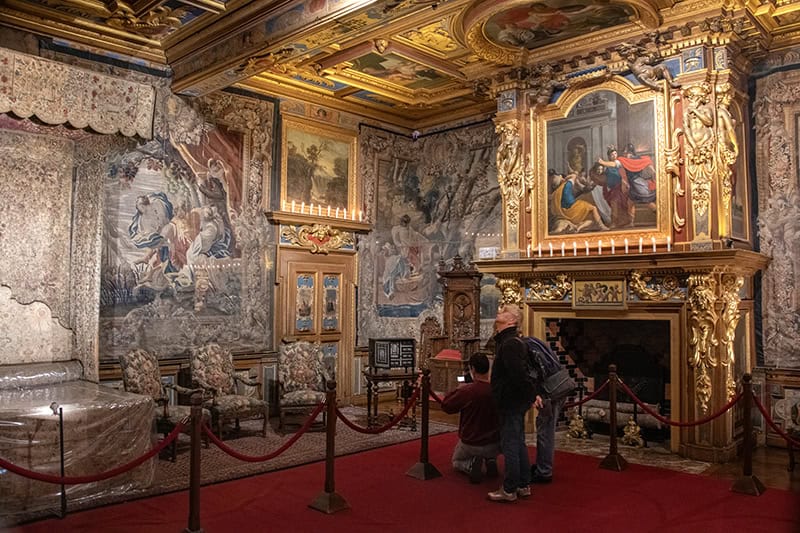
By Jim Ferri
Although many visitors to Paris would love to visit the chateaux in the Loire Valley, many perceive it as just too far away. In reality, however, Loire’s chateaux are only 2-3 hours from the French capital, which is close enough for a delightful day trip.
I’ve driven through the Loire Valley several times and found each trip and chateau a wonderful experience. Based on those experiences, here are five beautiful chateaux, each a UNESCO World Heritage Site, which you’ll likely love.
Although each is an excellent day trip from Paris, ypu can make it more memorable by staying overnight and squeezing two or three chateaux into your schedule. That will also allow you time for a great country dinner. Accompanied by a nice French wine, of course.
Chateau d’Amboise
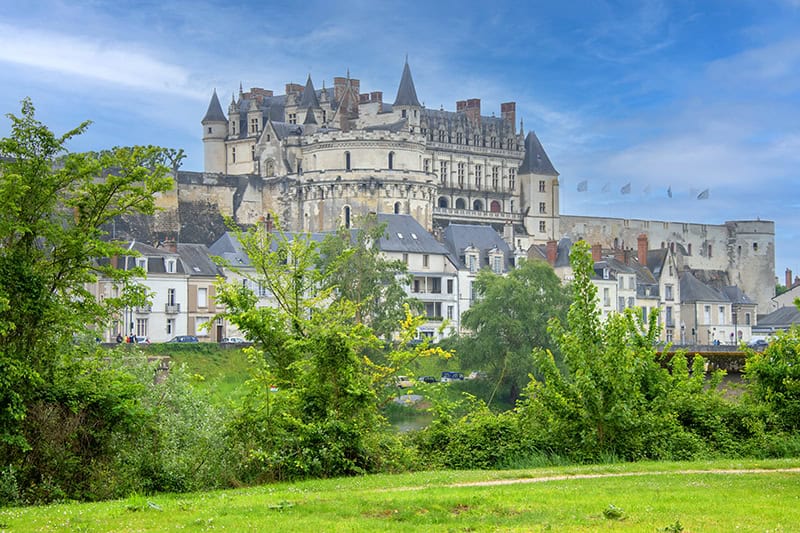
The Chateau d’Amboise sits above the town of Amboise in the Loire Valley. Its position on a rocky escarpment protected it from attacks through the centuries. Joan of Arc passed through the town on her way to defeat the English at Orleans in 1429.
Although not the largest castle in the region, this UNESCO World Heritage Site has a fascinating history dating back to the Middle Ages. And its architecture allows visitors to discover the different periods of its history—from the medieval era to the French Renaissance.
The chateau is the childhood home of Charles VIII, who later remodeled it in Italianate style in 1492. It provides a vision of the history of France and the daily life of kings and queens through its 15th-century furniture and period tapestries.
There are three levels to visit in this former royal residence. The ground floor and the first floor are devoted to the evocation of the Renaissance (reign of the Kings of France). The second floor is devoted to the 19th century, the period of renewal of Amboise under the reign of Louis-Philippe.
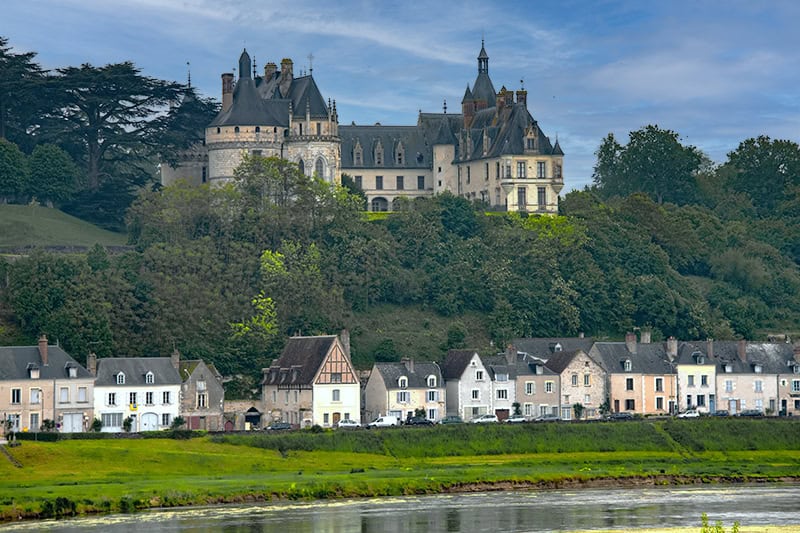
The Jewel of the Chateau
The undoubted jewel of Chateau d’Amboise is the tomb of Leonardo da Vinci in Saint Hubert, the castle chapel. The famous Italian artist and inventor spent his last years in Amboise and died there in 1519. He had expressed his wish that after death, his body remains in Amboise for eternity.
The chapel is also the former private oratory of the Kings of France. It is sculpted in the soft stone of the Loire Valley, allowing fine stone carvings. The chapel’s unique stained-glass windows are also beautiful.
As with many of these chateaux, the gardens of the Chateau d’Amboise are also a must-visit. Covering just over 2 hectares (approximately 5 acres), they’re famous for their flowerbeds, fountains, and views of the Loire Valley.
The garden has two main parts. One is France’s first “Italian style” garden, designed by a 15th-century Neapolitan landscape painter. The second is a more contemporary garden based on the style of an English park as imagined by Louis-Philippe in the 19th century.
Take a garden stroll among the thousands of perfectly pruned boxwood balls and remarkable tree species. All the gardens’ lawns are accessible for picnics.
The Chateau d’Amboise is also an ideal starting point for exploring the other chateau of the Loire. Chateau de Chambord, with its imposing towers and French gardens, is only 25 km away. The beautiful Chateau de Chenonceau, which spans the Cher River, is 30 km away. With their gardens and richly decorated rooms, these chateau are also a must-see for their history and architecture.
If You Go:
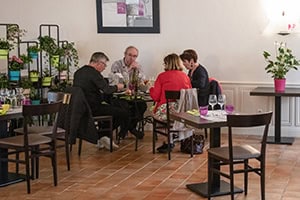
Chateau Royal d’amboise
Montée de l’Emir Abd El Kader
37400 Amboise
+33/(0)2 47 57 00 98
https://www.château-amboise.com/en
- GPS: 47°24’46.5″N 0°59’08.2″E
- Opening Times: Vary throughout the year (closed January): see opening times at https://www.château-amboise.com/en/opening-times/
- By Car: From the A10 motorway, take exit 18 (Chateau-Renault / Amboise) and then go about ten kilometers on the D31 until Amboise. The distance from Paris is 211 km (131 miles).
- Dining: There is a café and restaurant at Chateau d’Amboise that serves local cuisine.
- Admission: Adults €16.40 / Students €13.70 / Children €10.50. Tickets online: https://châteauamboise.tickeasy.com/en-GB/home
- Note: self-guided visit (with the visitor guide and/or the Histopad tablet, both free of charge), or you can join one of the guided tours.
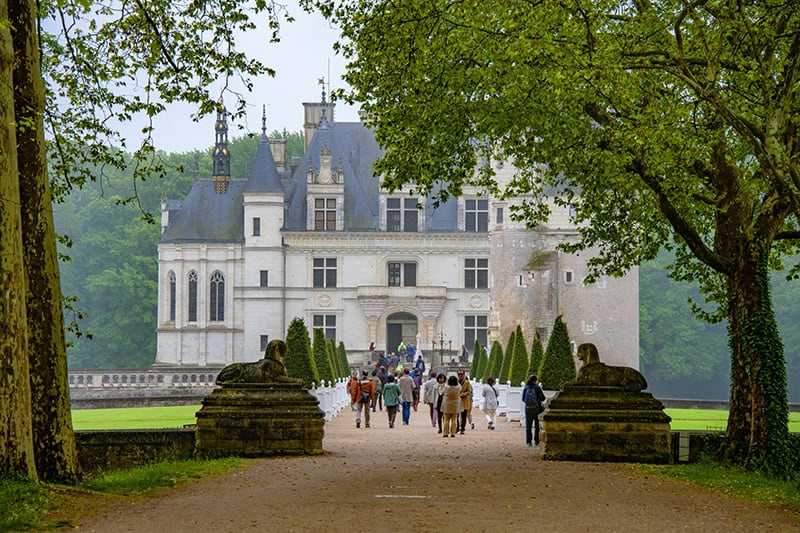
Chateau Chenonceau
Chenonceau is one of the most elegant and unusual chateau in the lower valley of the Loire. It’s an architectural mixture of late Gothic and early Renaissance. And other than the Royal Palace of Versailles, it’s the most visited chateau in France.
This UNESCO World Heritage Site features beautiful furniture, tapestries, and remarkable original tile floors. Its extraordinary art collection includes works by Tintoretto, Correggio, Rubens, Murillo, Van Dyck, and Ribera, among others.
Crossing the Cher River on beautiful arches, it has a fascinating history since many of the prominent owners of the chateau were women.
Construction of the chateau began in the 16th century. Its heyday, however, was in the 18th century when the French saloniste Madam Dupin held extravagant parties there. The chateau became renowned as a center for the most famous French philosophers, attracting such notables as Voltaire and Rousseau. In 1913, the chateau was acquired by the French Meniere Chocolate Company owners, whose family still own it today.
Grand Gallery
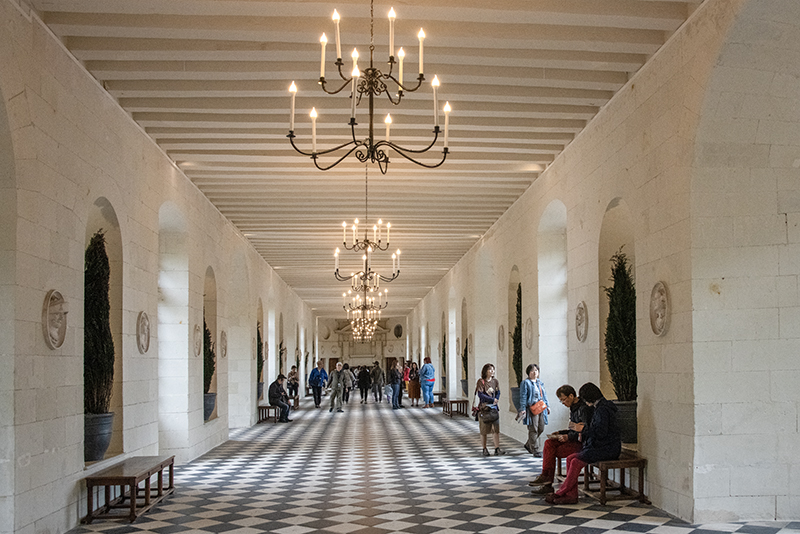
The grand gallery, spanning the Loire Valley’s Cher River, is one of the most famous places in the chateau. On its top floor is an exhibition on the chateau’s history.
During World War I, the gallery was used as a hospital ward. During World War II, however, the chateau was bombed by the Germans. Even so, it remained an escape route from Nazi-occupied France to the “free” zone on the opposite bank of the river.
In 1944, when bombed by the Allies, it experienced more damage. In that attack, the chapel was hit, and its windows were destroyed.
Thankfully, the Meniere family restored the chateau in 1951. Today, the chateau is again in its glorious setting with many gardens, including a maze, English garden, green garden, vegetable garden, etc.
You can expect to spend at least 2 hours visiting the castle and its gardens. The chateau is not very big, but it has several floors (don’t miss the kitchens in the basement). You’ll need a whole morning or afternoon for a more extensive visit, although this does not include the time spent if you get lost in the plant labyrinth at the park’s entrance.
From mid-March to mid-November, you can dine in the Orangerie, the chateau’s gourmet restaurant in the green garden. There is also a self-service-crêperie with a superb terrace overlooking the gardens.
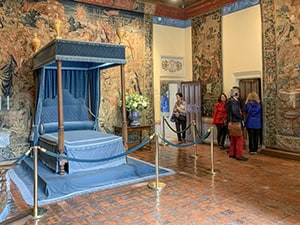
If You Go:
Chateau de Chenonceau
37150 CHENONCEAUX
Tel: +33/(0)2 47 57 00 98
https://www.chenonceau.com/en/
- GPS: 47.3249N 1.07029E
- Opening Times: Opening times vary throughout the year. See them here .
- By Car: The chateau is located in Touraine, on the Cher River, a two-hour, 214 km drive from Paris and 34 km from Tours. From the A10 motorway, take exit 18 (Chateau-Renault / Amboise), travel about 10 kilometers on the D31 (to Amboise), and then 8 km on the D81 to Chenonceau. Parking is free.
- Dining: Self-service and Creperie for lunch; located in the Bâtiment des Dômes (near the former royal stables), the chateau’s self-service restaurant offers lunch on its large, shaded terrace and in its beautiful dining room in the former royal stables.
- There is an à la carte wine tasting in the chateau’s historic 16th-century wine cellar.
- Visitors can use picnic areas, both covered and uncovered. They are well situated and fitted out beside the moat, by the castle entrance, and at the end of the green parking area.
- Admission: There is a wide range of ticket prices, which you can see here: https://www.chenonceau.com/en/practical-information/ticket-prices. You can also purchase tickets online: https://châteauamboise.tickeasy.com/en-GB/home.
- Note: To tour the chateau, you can take a self-guided tour (with the visitor guide and/or the Histopad tablet, both free of charge) or join one of the guided tours.
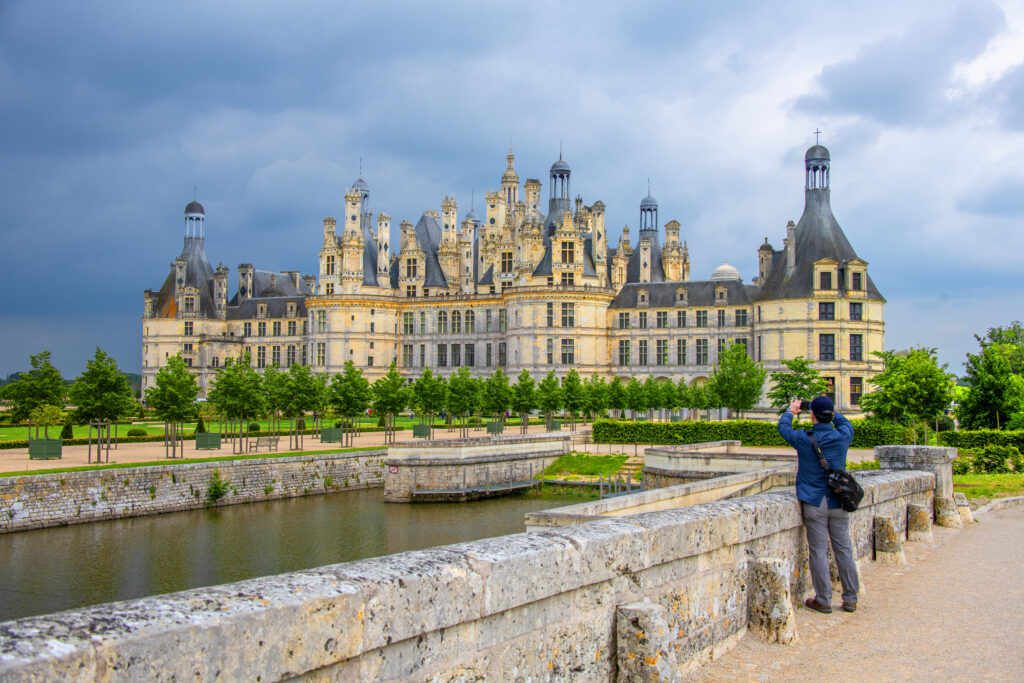
Chateau Chambord
For many travelers, Chateau Chambord, with its towers and Renaissance flavor, epitomizes a French chateau. In fact, It’s one of the foremost examples of French Renaissance architecture.
It’s also the largest and one of the most-visited chateau in the Loire Valley. King Francoise I initially intended it as a weekend hunting lodge. Following its construction in 1519, however, it quickly became the most expensive architectural project any French monarch undertook. Incredibly, Francoise stayed here for only 42 days during his 32-year reign.
A UNESCO World Heritage Site since 1981, Chambord is one of the most extraordinary constructions of the Renaissance. Home to more than 4,500 works of art, it has 440 rooms, 365 fireplaces, and 84 staircases. The latter includes the famous double-helix staircase, designed by a friend of the King…Leonardo da Vinci.
You’ll find the most interesting rooms on the first floor (the American “second floor”). They include the King’s and Queen’s chambers and an interconnecting passage, likely one might surmise, for royal rendezvous. On the second floor, you’ll find displays of weapons and trophies in the Museum of Hunting.
You’ll undoubtedly want to go up to the roof for an incredible panorama you’ll see nowhere else.
Surprisingly and unfortunately, Chambord Castle is poorly furnished, unlike other chateaux, such as beautiful Cheverny. The reason is that it was a temporary residence, only used when the King was traveling in the area.
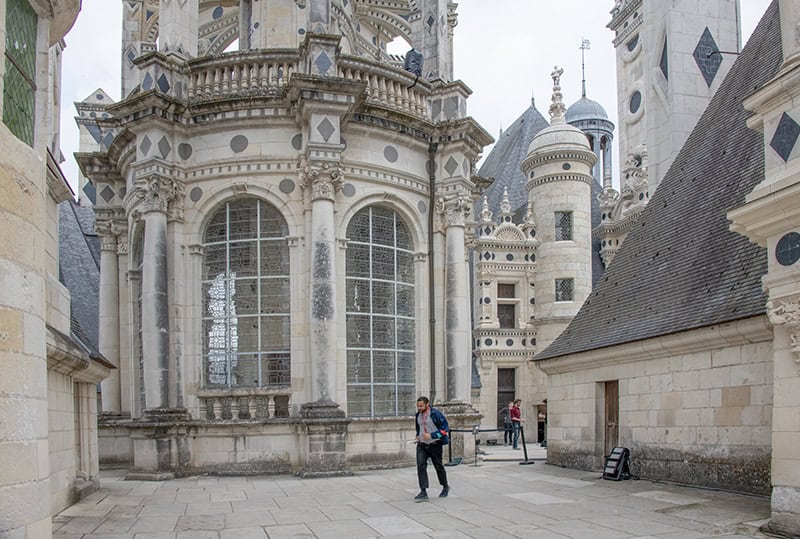
Plan For a 2-3 Hour Visit
If you’re visiting the Loire Valley, allow at least two or three hours to visit Chateau de Chambord. The walk from the car parks to the castle entrance alone is 10-15 minutes. A leisurely stroll around the castle’s interior will take approximately 1½ hours. But if you include the interior, a tour of the roof (well worth it) and a walk through the gardens, I’d suggest a half-day at the chateau.
The chateau also has beautiful formal French gardens identical to those in the 18th century. Revel among its 600 trees, 800 shrubs, 200 rose bushes, and 18,874 m² (approximately 5 acres) of lawn.
The chateau’s property is adjacent to Chambord Park, an incredible area that’s the largest enclosed forest park in Europe. Encompassing 5,440 hectares (more than 13,000 acres), it’s has a 32-kilometer (approximately 20-mile) wall surrounding it.
Numerous plants and animal species develop freely here, including deer, wild boar, and roe deer. As do its vast population of birds, with more than 150 species recorded. You can experience the reserve in an all-terrain vehicle accompanied by a forest guide.
You won’t need a guide to explore Chambord’s large museum shop, however.
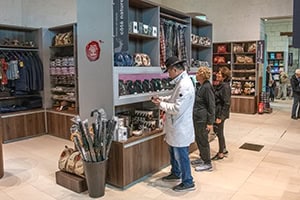
If You Go:
Chateau de Chambord
41250 Chambord
Tel: +33 (0)2 54 50 40 00
https://www.chambord.org/en/
- GPS: 47°36′58″N 01°31′02″E
- Opening times: The Chateau de Chambord is open all year round except January 1 and December 25. From October 28 to March, it’s open from 9am to 5pm; from March 30 to October 27, from 9am to 6pm.
- By Car: Take the A10 Motorway from Paris to exit 16 (Mer) or 17 (Blois). From there, take the A85 to exit 13 (Selles-sur-Cher).
- Dining: There are no dining facilities in the chateau. However, you’ll find various places to eat between the car park in the village and the castle. Options range from a gourmet restaurant to a take-out snack bar and shops with local specialties.
- Admission: https://www.chambord.org/en/plan-your-visit/rates/
- Note: 1) In the summer months, there’s a daily guided tour from July 08 to August at 11.15am. A guide takes visitors to discover the essential highlights of the monument: the cruciform chamber, double-helix staircase, the terraces, etc. The tour duration is 1 hour. The price is €6 per adult / €3 for ages 5 to 17 years (in addition to the entrance fee)
- Note: 2) In this over-the-top chateau, it’s also worth picking up the multilingual audio or video guide to help you along (€5 for adults/€2.50 for children). Guides also provide tours in English several times during the day (adult/ child one-hour tours €5 / €3 and two-hour tours €7/ €5).
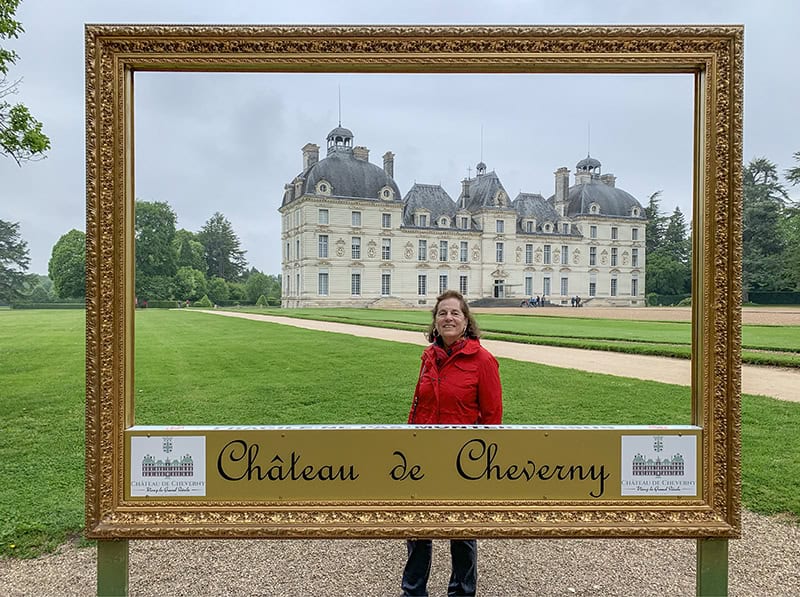
Chateau de Cheverny
With its perfect proportions, Chateau de Cheverny is one of the finest examples of French classical architecture.
Construction of the chateau began in 1625 and took nine years to complete. Thankfully, very little of the chateau has been altered since then. Step inside, and you’ll find some of the most sumptuous furnishings, tapestries, and objets d’art anywhere in the Loire Valley.
One highlight of the chateau is the panels depicting Don Quixote’s story in the formal dining room. Another is the murals depicting Greek mythology in the King’s Chamber. There’s also a bridal chamber and Napoleon III-era toys in a children’s playground.
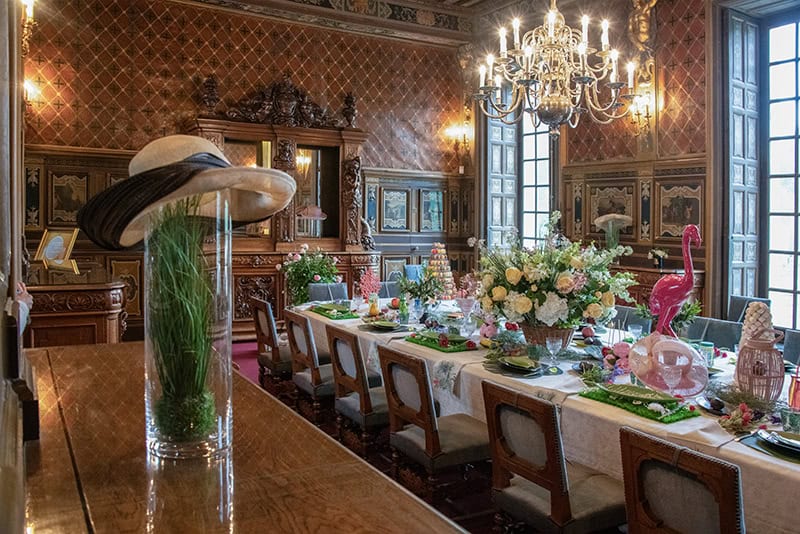
Mona Lisa and George Washington
The owners of the chateau are the Hurault family, who have owned and inhabited the castle for the past six centuries. The family currently resides in one of the wings of the chateau. As one might expect, their chateau is also home to a fantastic art collection. In their collection are two beautiful paintings by Titian and Raphael. During World War II, many priceless artworks, including the Mona Lisa, were hidden here.
The chateau’s “little” library contains 3,000 books and, surprisingly, a document signed by George Washington. It officially attests that family members fought on the American side during the War of Independence.
A bedroom contains the bed Henri IV slept in when the building was a fortress before the chateau was built. Its canopy and Persian-embroidered bedspread are also original.
Outside the chateau’s main building, you’ll find the 18th-century orangerie. Originally a place where orange and other fruit trees were protected during winter, today it’s the Chateau tearoom.
Be sure to stroll around the chateau’s six beautiful gardens, where you will find monumental sculptures. Among other plantings, if you visit in springtime, you can also enjoy the blooms of 150,000 tulips.
The Cheverny Hounds
We fell in love with Cheverny, as we expect many travelers to. One of the things we enjoyed, as did dozens of others when we visited, was the daily feeding of the chateau’s hounds. There are more than 100 of them, and they are still used for hunting.
Unfortunately, since the Covid epidemic, the public is no longer allowed at their feeding, which is quite a spectacle. But all is not lost! Click the photo above to view a video of the feeding of the hounds at Chateau de Cheverny.
If You Go:
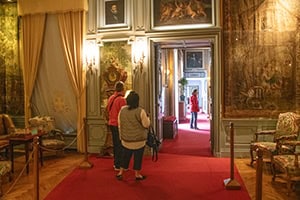
Château de Cheverny
Avenue du Château
41700 Cheverny
Tel: +33 (0)2 54 79 96 29
https://www.château-cheverny.fr/en
- GPS: 47°30’01.0″N 1°27’29.0″E
- Opening Times: https://www.château-cheverny.fr/en/practical-information/prices-and-opening-hours.html
- By Car: take the A10 to exit 17 (Blois/Vendome) and continue on D956. Follow D956 to D765 to the Chateau.
- Dining: Although there are no restaurants at the chateau, there is a small café in the Orangerie that serves homemade ice cream, cakes and pastries, snacks, and cold drinks.
- Admission: https://www.château-cheverny.fr/en/practical-information/prices-and-opening-hours.html
- Note: There is a guided tour of the chateau for individuals in French: https://www.château-cheverny.fr/en/practical-information/a-guided-tour.html
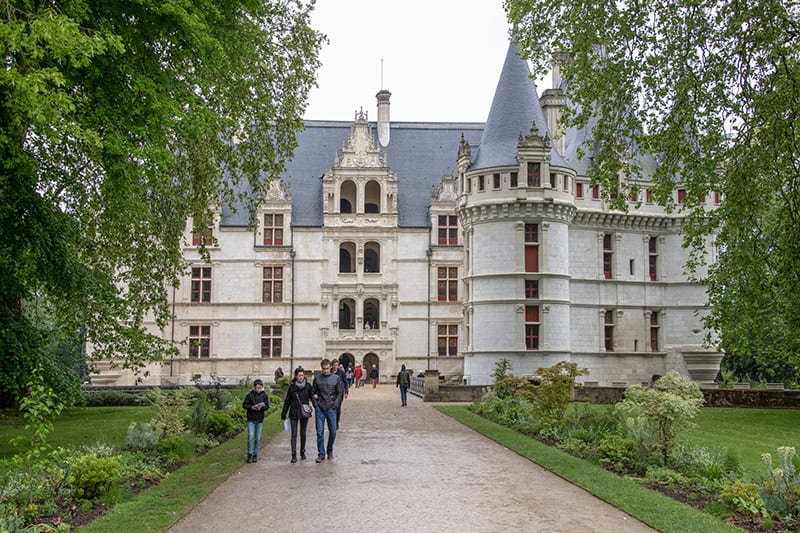
Chateau d’Azay-le-Rideau
Although many of the chateau in the Loire Valley were built in the French Renaissance style, Chateau d’Azay-le-Rideau was inspired by Italian Renaissance architecture. It’s one of the most well-known French monuments and attracts more than 3,000,000 visitors annually.
With slender turrets, decorative stonework, and geometric windows, Azay-le-Rideau is tucked away on an island in the middle of the Indre River. It is quite beautiful, as well as quite romantic to some. Some consider it one of the loveliest chateau in the Loire Valley.
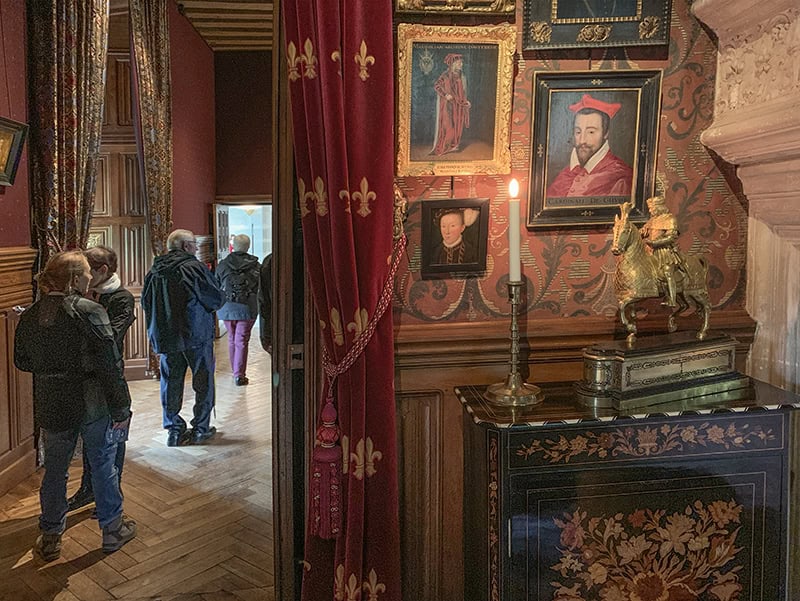
A Multifaced Diamond
Honoré de Balzac, the famous French novelist and playwright, called it a “multifaced diamond.” Visit, and you may agree, as did we. It’s a fascinating place that shouldn’t be overlooked.
Azay-le-Rideau is famous for its Italian-style Loggia, which overlooks the chateau’s central courtyard. Although d’Azay-le-Rideau was built in the 16th century, its renovated interior is mostly 19th-century.
Audioguides are available in five languages (adult €4.50), although there is a 45-minute free guided tour in French.
If You Go:
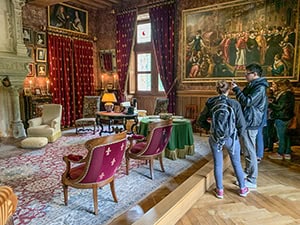
Chateau d’Azay-le-Rideau
19, rue Balzac
37190 Azay-le-Rideau
Tel: +33 2 47 45 42 04
https://www.château-cheverny.fr/en
- GPS: 47°15’34.6″N 0°27’59.8″E
- Opening Times: https://www.azay-le-rideau.fr/en/visit/practical-information
- By Car: These directions, provided by the chateau, are complicated. We recommend that you double-check them when you are in Paris: Take the A10 from Paris, then A85 direction Angers, exit number 9, then D751 / A10 from Poitiers, exit number 25, then D760 and D57 / A 85, exit number 9, then D751
- The chateau is in the heart of the village of Azay-le-Rideau, 265 km (165 miles) from Paris. When you arrive, you’ll find numerous parking lots available.
- Dining: The restaurant/tea house “Le Lavoir” is open from Easter to the end of September
- Admission: https://www.azay-le-rideau.fr/en/visit/practical-information
- Note: The chateau hosts a popular sound and light show in July and August, considered one of the Loire’s best. (adult €11 / child €3)

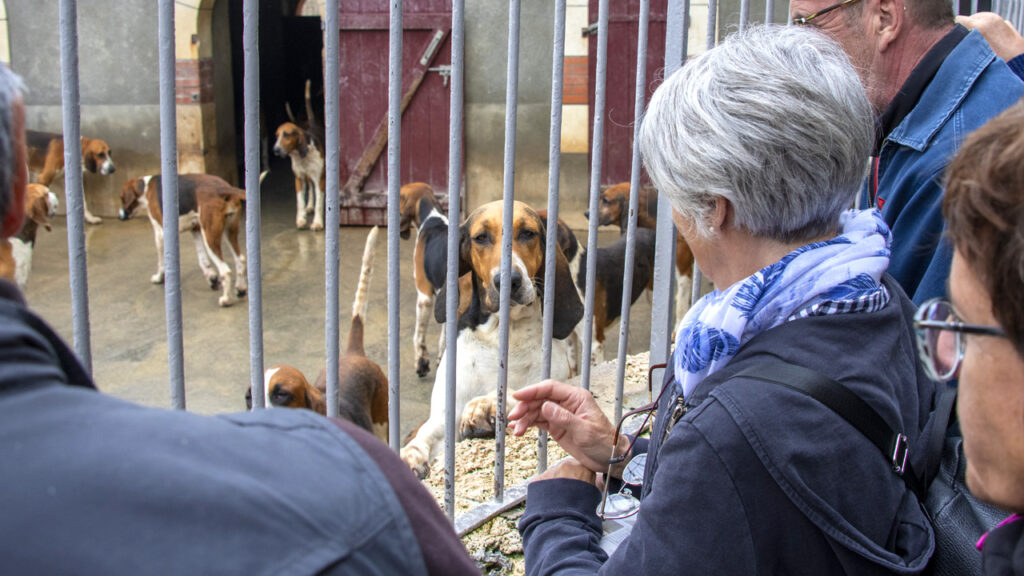
Leave a Reply